Education is Transformational
Education is a foundational driver of development, and fundamental to achieving self-reliance. Education is transformational for individuals and societies--it creates pathways to better health, economic growth, a sustainable environment, and peaceful, democratic societies. A person’s earnings increase by 10 percent with each year of school they complete. Women with higher levels of education have healthier children. And increasing the average level of higher education in a country by just one year can add half a percentage point of growth to GDP.
Despite unprecedented increases in school enrollment over the last decade, there is still a global learning crisis—more than 617 million children and adolescents do not have minimum proficiency in reading or math, regardless of whether they attend school or not. Children who are living in the most fragile environments make up about 20 percent of the world’s primary school-age population, yet they represent about 50 percent of those not in school. In 2015, 75 million children and youth age 3-18 years old were directly affected by conflict or crisis.
From 2011-2017, USAID basic education programs directly benefited more than 83 million children and youth.
Globally, girls are especially disadvantaged--right now, 130 million girls are not in school worldwide, and millions more face barriers to staying in school. Yet we know that when girls are educated, their families are healthier, they have fewer children, they get married later, and they have more opportunities to generate income.
Females make up almost half of the 69.8 million children and youth who benefited from USAID’s reading programming (49% female and 51% male).
Our Focus
On September 14, 2018, United States Agency for International Development (USAID) released the first-ever U.S. Government Strategy on International Basic Education. A requirement of the 2017 READ Act (PDF 255KB) , the Strategy demonstrates the U.S. Government's commitment to international education and presents an opportunity to advance global diplomatic and development leadership on pressing international education challenges.
The goal of the Strategy is to achieve a world where education systems in partner countries enable all individuals to acquire the education and skills needed to be productive members of society. To accomplish this goal, the U.S. Government has two principal objectives:
- Improve learning outcomes; and
- Expand access to quality basic education for all, particularly marginalized and vulnerable populations.
The Strategy, led by USAID’s Senior Coordinator of United States International Basic Education Assistance, provides an opportunity for the U.S. Government to improve the effectiveness and efficiency of its international basic education programs and partnerships by increasing coordination and leveraging each department, agency, and official’s unique experience and expertise. These departments, agencies, and officials include:
- U. S. Agency for International Development (USAID)
- Department of State
- Department of the Treasury
- Department of Labor
- Department of Education
- Department of Agriculture
- Department of Defense
- Chief Executive Officer of the Millennium Challenge Corporation (MCC)
- National Security Advisor
- Director of the Peace Corps
USAID Education Policy
The USAID Education Policy, launched in November 2018, sets priorities and direction specifically for USAID’s investments in education. The primary purpose of USAID education programming is to achieve sustained, measurable improvements in learning outcomes and skills development.
The USAID Education Policy: English / French / Spanish
Our priorities are that:
-
Children and youth, particularly the most marginalized and vulnerable, have increased access to quality education that is safe, relevant, and promotes social well-being.
-
Children and youth gain literacy, numeracy, and social-emotional skills that are foundational to future learning and success.
-
Youth gain the skills they need to lead productive lives, gain employment, and positively contribute to society.
-
Higher education institutions have the capacity to be central actors in development by conducting and applying research, delivering quality education, and engaging with communities.
The USAID Education Policy is accompanied by Program Cycle Implementation and Operational Guidance, which provides information on operational aspects of the policy, including key considerations throughout the program cycle, Agency-level monitoring and reporting, budget and funding parameters, and other areas. USAID also supports EducationLinks, a website to help international education practitioners design and manage effective education programs. EducationLinks will share innovations and lessons learned on implementation of the USAID Education Policy.
Results and Progress
Since 2011, USAID-supported basic education programs have directly benefited more than 83 million individual learners. Donor and country partners have extended our approaches to a further 26 million learners, bringing the overall reach of our programming to more than 109 million children and youth.
From 2011-2017, USAID results include:
- 69.8 million children provided early grade reading instruction (49% female, 51% male);
- 22.6 million children living in conflict or crisis settings extended education opportunities. Through this work, an estimated 4.1 million children and youth, who would otherwise have been out of school, have access to education; and
- 725,000 youth provided new or improved employment opportunities.
Report of progress achieved under the Education Strategy from 2011-2017 (PDF 3.6MB)
Learn More
Education Strategy and Policy
- The U.S. Government Strategy on International Basic Education
- The USAID Education Policy: English / French / Spanish
- The USAID Education Policy
Fact sheets on USAID’s education programs
- USAID Education Fact Sheet - Overview (PDF 327KB)
- USAID Education Brochure (PDF 13.5MB)
- Higher Education (PDF 220KB)
- Access to Quality Education for Marginalized Children and Youth (PDF 274KB)
- Early Learning and Foundational Skills (PDF 269KB)
- Youth Workforce Development (PDF 150KB)
Learn more about these cross-cutting areas of USAID's work
- Education in Crisis and Conflict (PDF 350KB)
- Girl's Education (PDF 308KB)
- Access to Quality Education for Children and Youth with Disabilities (PDF 336KB)


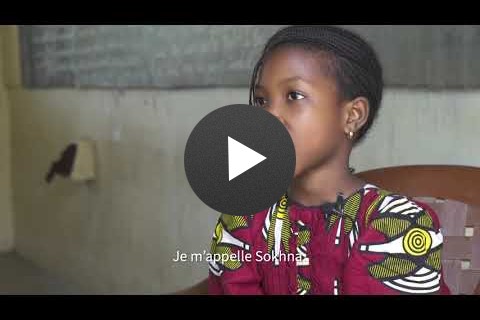
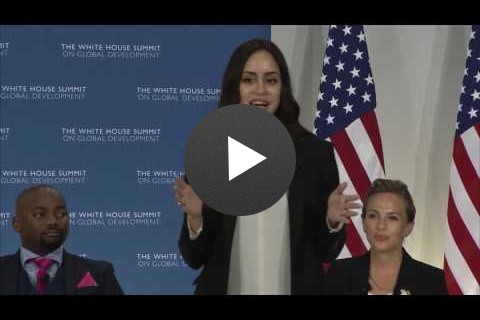
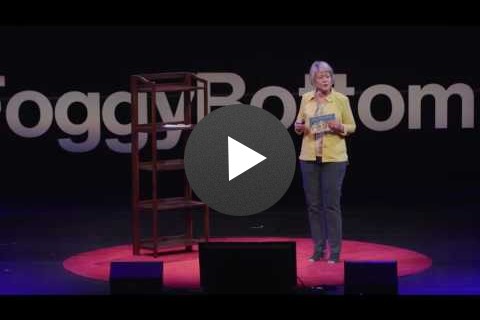
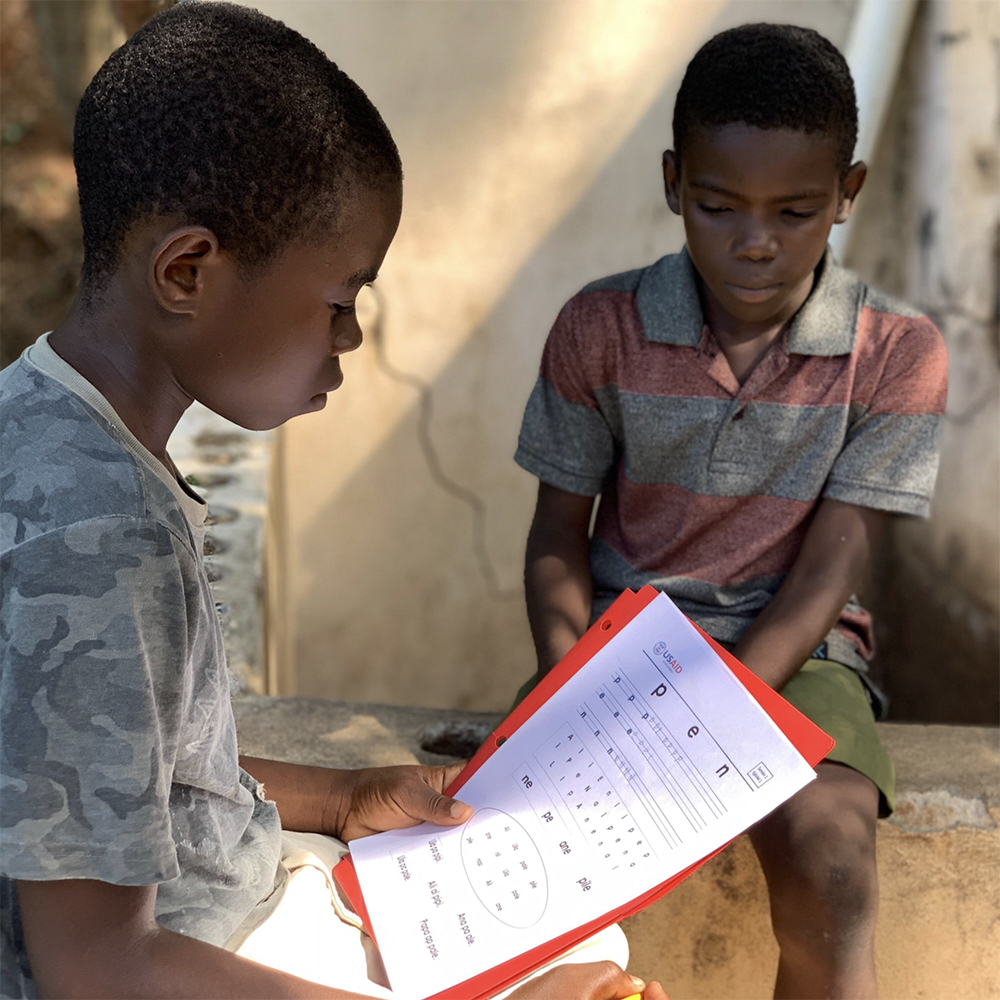
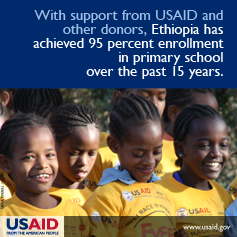
Comment
Make a general inquiry or suggest an improvement.